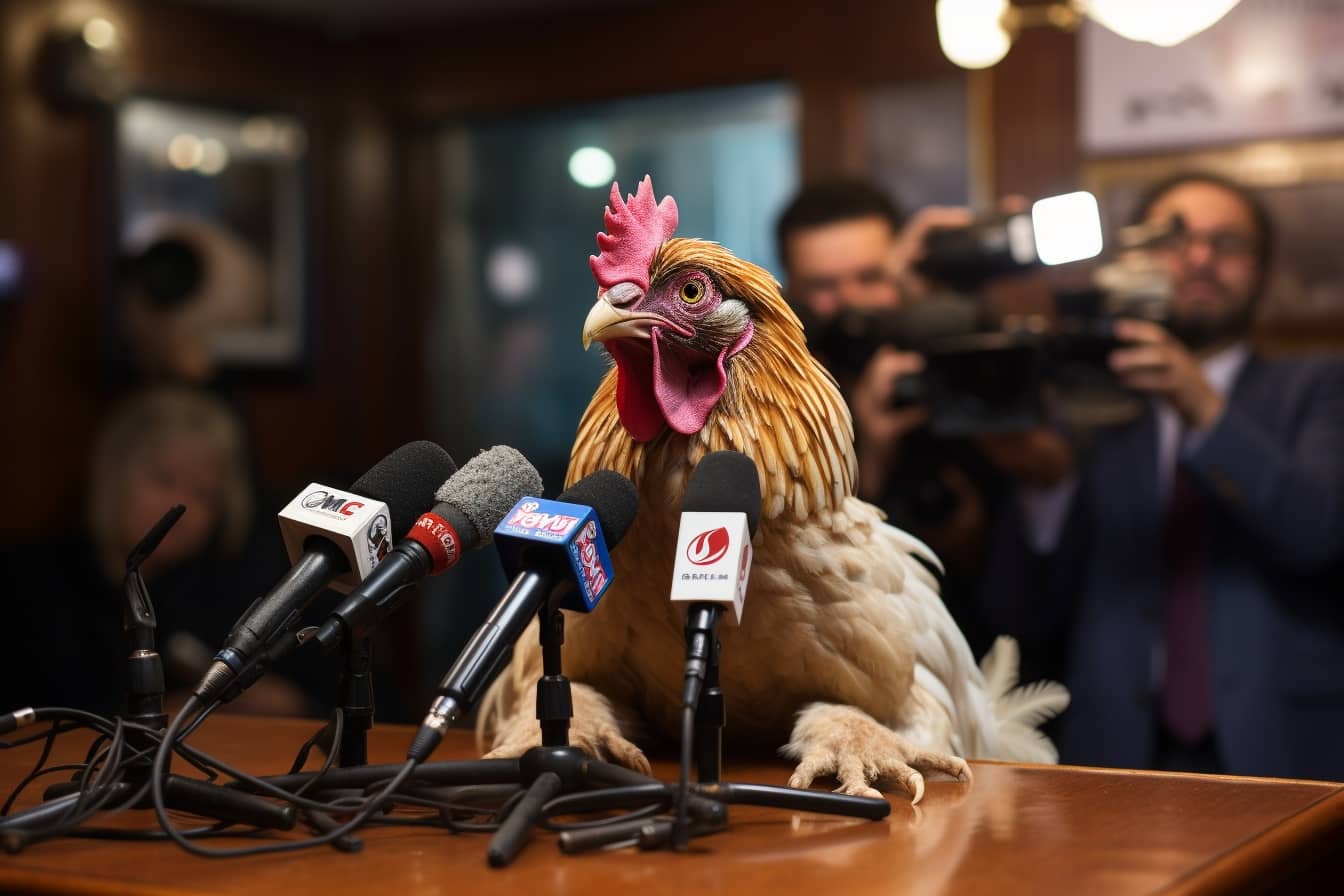We are not in a fantasy farmhouse, but at the University of Tokyo: there isn't Antonio Banderas around, but a group of Japanese researchers. The unusual scene, however, resonates: someone tries to understand the language of the chickens.
The seemingly random clucking of our precious friends has been subjected to artificial intelligence: the purpose? Decipher what they have to “say”. And if you think this is just an academic exercise, you are wrong.
The research, conducted at the University of Tokyo under the guidance of Professor Adrian David Cheok, has brought to light a rather bizarre system, but one with great potential. What is it about?
The science behind chicken clucking
The research team developed a “system capable of interpreting various emotional states in chickens, including hunger, fear, anger, satisfaction, excitement and distress”. This is thanks to a cutting-edge technique called “Deep Emotional Analysis Learning”.
The technique, the researchers explain, is “rooted in complex mathematical algorithms” and has the ability to adapt to the changing vocal patterns of hens. This means that, over time, he becomes more and more skilled at deciphering their "vocalizations".

Yet another test for AI
To test their new system, the team recorded and analyzed sound samples from 80 hens. These samples were then used to correlate these vocal patterns to the chickens' various "emotional states".
With the collaboration of another team of eight animal psychologists and veterinary surgeons, the researchers were able to identify the mental state of a given hen with surprisingly high precision. “The results of our experiments demonstrate the potential of using AI and machine learning techniques to recognize emotional states in chickens based on their sound signals,” the paper reads.
Marginal observations
Before sending Banderas to the attic, let's maintain a critical approach: in their paper, that I link to you here, the researchers acknowledged that the accuracy of their model might vary with different breeds and environmental conditions. They also pointed out that “the dataset used for training and evaluation may not capture the full range of emotional states of hens and their variations.”
And then there are the many other ways chickens communicate, from “non-acoustic signals, such as body language and social interactions.” In other words, there is still a way to go, but the foundations are in place for a future in which we better understand the animals around us.
And, as Cheok pointed out, “if we know what animals feel, we can design a much better world for them.” Chickens included.


